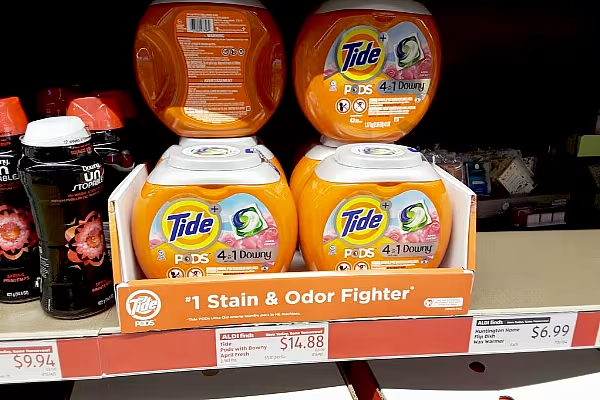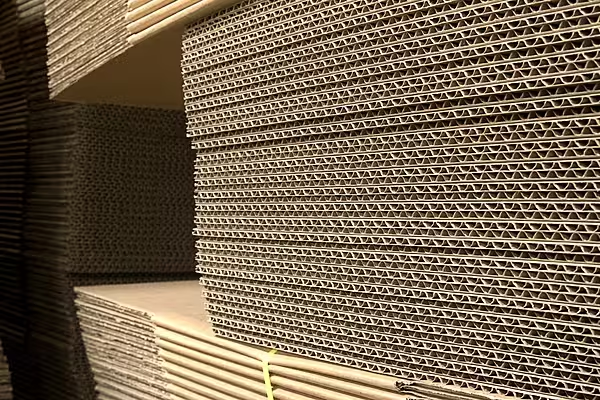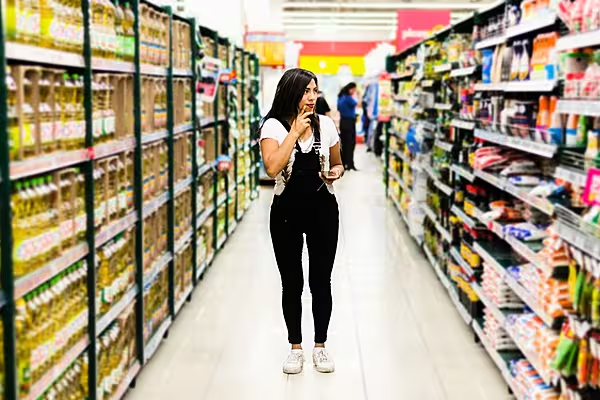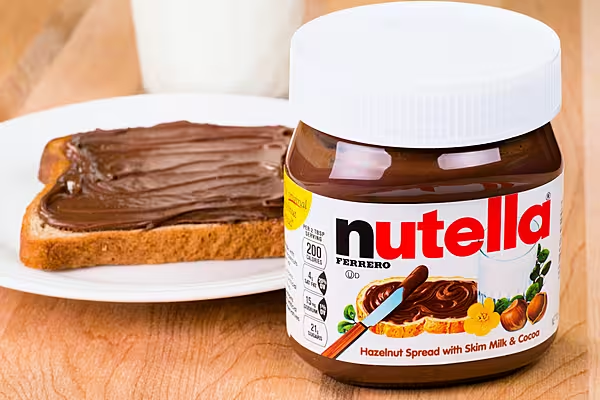Procter & Gamble beat analysts' estimates for quarterly sales and profit buoyed by the consumer goods giant's multiple price hikes even as it joined other multinational companies in flagging weak demand in China.
A slower-than-expected rebound in China following the lifting of pandemic curbs has been a drag on global firms including L’Oréal and Coca-Cola that were facing slowing demand in many parts of the world.
Overall volumes fell 1% in the fourth quarter, mainly due to the soft demand in Greater China, while average prices across P&G's product categories including Tide detergent and Olay skin care rose 7%.
In contrast, China, the company's second-biggest market after the US, had helped moderate volume declines in the third quarter.
Meanwhile, demand for the company's Pampers diapers, Pantene shampoo and Oral-B toothpaste, remained strong in the US.
"In the US, in our business we have now achieved positive volume growth of 3%," CFO Andre Schulten said on a call with reporters.
Price Hikes
Investors are currently raising concerns about when and if the recent price hikes will start to turn shoppers off companies' brand name products. Many consumers around the world face relatively high costs of living, including rising interest rates that affect households budgets.
"Net sales are growing but at the expense of less units, which means they are losing customers to substitutes and will one day have to fight to get those customers back," said Michael Ashley Schulman, chief investment officer at Running Point Capital Advisors.
P&G's fourth-quarter net sales rose 5% to $20.55 billion (€18.7 billion), topping analysts expectations of $19.98 billion (€18.2 billion), according to IBES data from Refinitiv.
On an adjusted basis, the company earned $1.37 per share, beating estimates of $1.32.











